After John’s game finished, we walked to the larger field where ten-year-old Alia was on a much more seasoned team. In this instance, the players all had a few years of experience. They each varied in skill and situational awareness, but both teams seemed focused on the goal of… well… goals. There was a marked difference between the two teams. Alia’s team seemed to talk to each other. They passed the ball around and listened to directions from the coach on their bench. The other team played more like a group of individuals. They had a star or two, but there seemed to be no pattern to their play. Their coach shouted guidance, but the players seemed to pay little attention. Alia’s team won by a good margin. Throughout the game, one of the dads from the other team kept yelling at their coach, blaming him for the ineffectual play.
Lucky for us, as followers of Jesus Christ, we not only have a coach, but a player-coach. He is on the field with us. He is the strongest player. The outcome is sure. The only question is how much I will help. Will I be tripping over untied laces, dancing in circles, distracted by the sidelines, only occasionally engaged in His work? Will I be united with others in following His direction, or will I try to go it alone? Your minds are sharp. I’m sure you are already thinking of all sorts of gospel parallels to these questions. I hope I will be trimming my lamp like the wise virgins in the well-known parable by acting like a player on Alia’s team. I hope I am helping my player-coach as He works to bring to pass the immortality and eternal life of us all.


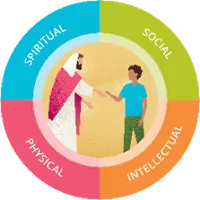
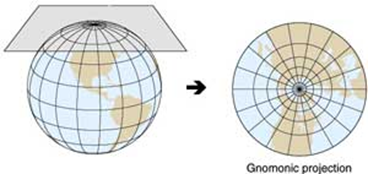
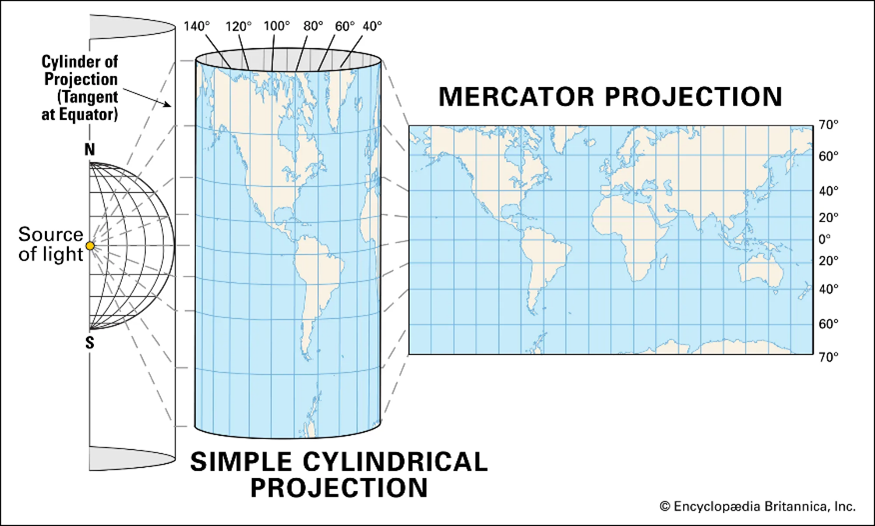








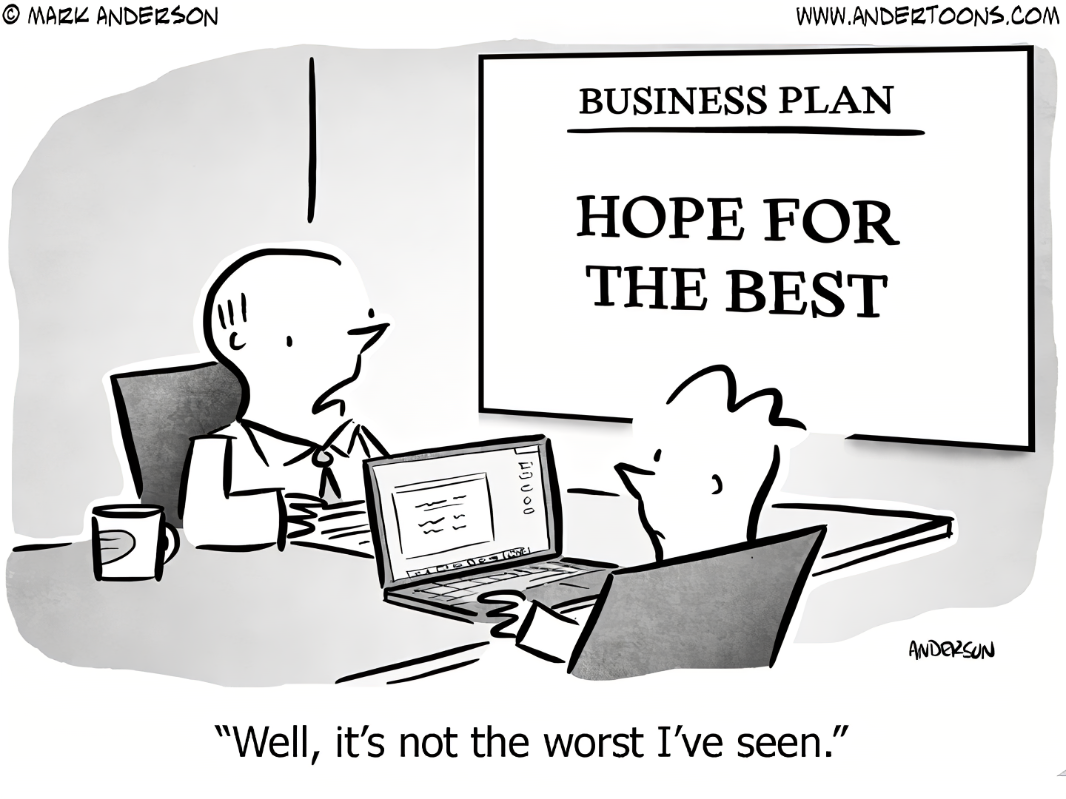



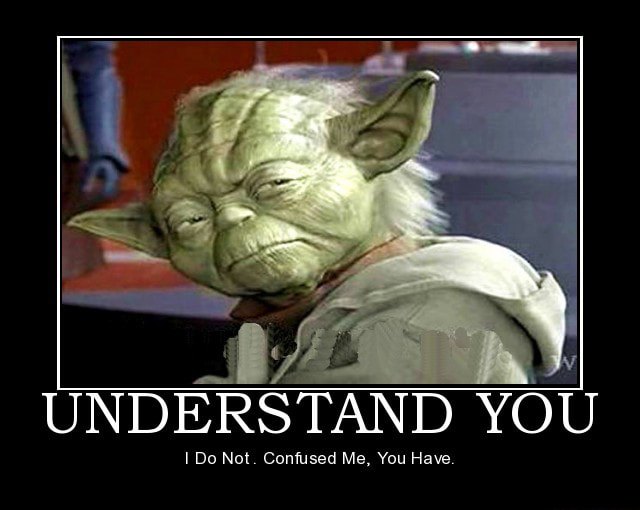
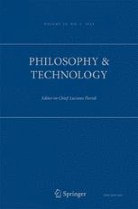
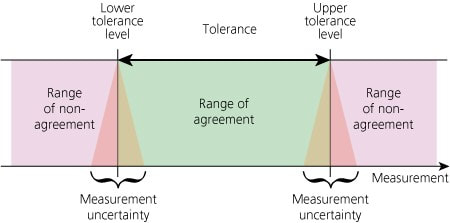





 RSS Feed
RSS Feed